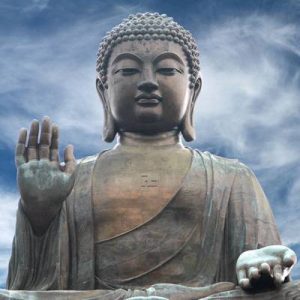Yoga philosophy of Budhism
 The Buddha was dedicated Yogi with a passion for meditative absorption, and his doctrine was primarily designed to who a concrete way out of the maze of sorrowful existence. The yoga of the Buddha comprises eight distinct members.
The Buddha was dedicated Yogi with a passion for meditative absorption, and his doctrine was primarily designed to who a concrete way out of the maze of sorrowful existence. The yoga of the Buddha comprises eight distinct members.
#Yoga teacher training certificate course fees in Bangalore
- Samma – ditthi – right, the realization of the transiency of conditioned existence
- Samma sankalppa – ‘right resolve’ the threefold decision to renounce what is ephemeral, to practice benevolence and not to hurt any being.
- Samma vaca ‘right speech’, the abstention from idle and false talk
- Samma – kammanta ‘right behviour’ the proper moral conduct
- Samma –ajiva ‘right livelihood’ the lay followers duty to pursue an occupation which does not demand the harming of beings
- Samma vayama ‘right exertion, the warding off of unwholesome mental activity, chiefly by means of controlling the emotive reactions to external stimuli
- Samma sati – ‘right mindfulness’, the cultivation of awareness of the psychosomatic processes;
- Samma Samadhi – ‘right unification, the practice of certain techniques for the internalization of consciousness.#Yoga teacher training certificate course fees in Bangalore

The Yogic nature of the Buddha’s path is further demonstrated by the use of such techniques as ‘Posture’ (asana) and ‘control of the life force’ (pranayama). The most commonly adopted meditational posture is the Pallanka-seat, seat, as depicted on innumerable seated. Buddha status. The texts emphasize ‘erect bodily posture’ (uju – kaya), the Buddhist technical term for ‘vital – force’ (prana) is ‘creative constituent of the body’ or Kaya –sankhara. As opposed to the Hindu schools of yoga, Buddhism does not advocate the stopping of the vital force in the form of violent breath retention. The practitioner is instead advised to follow the movement of the breath with the mind. This is a particular the application of the techniques of ‘mindfulness’ (sati). This practice, known as sati – patthana, is widely employed in modern Theravada (the oldest surviving school of Hinayana).
#Yoga teacher training certificate course fees in Bangalore
The yogi who has penetrated though all delusive phenomena by virtue of his single mindedness in the highest stage of jhana enters nibbana. Because the Buddha denied the notion of a continuous entity abiding with the flux of phenomenal existence, he has been accused of nihilism, but against this charge he defended himself on several occasions. Thus when emancipation is attained, it is no longer possible to say anything meaningful about the nature of the liberated ‘being – whether he is or is not. For the extinguished one there is no measure and there is nothing to define him by. When all phenomena (dharma) disappear all ways of language also cease.
